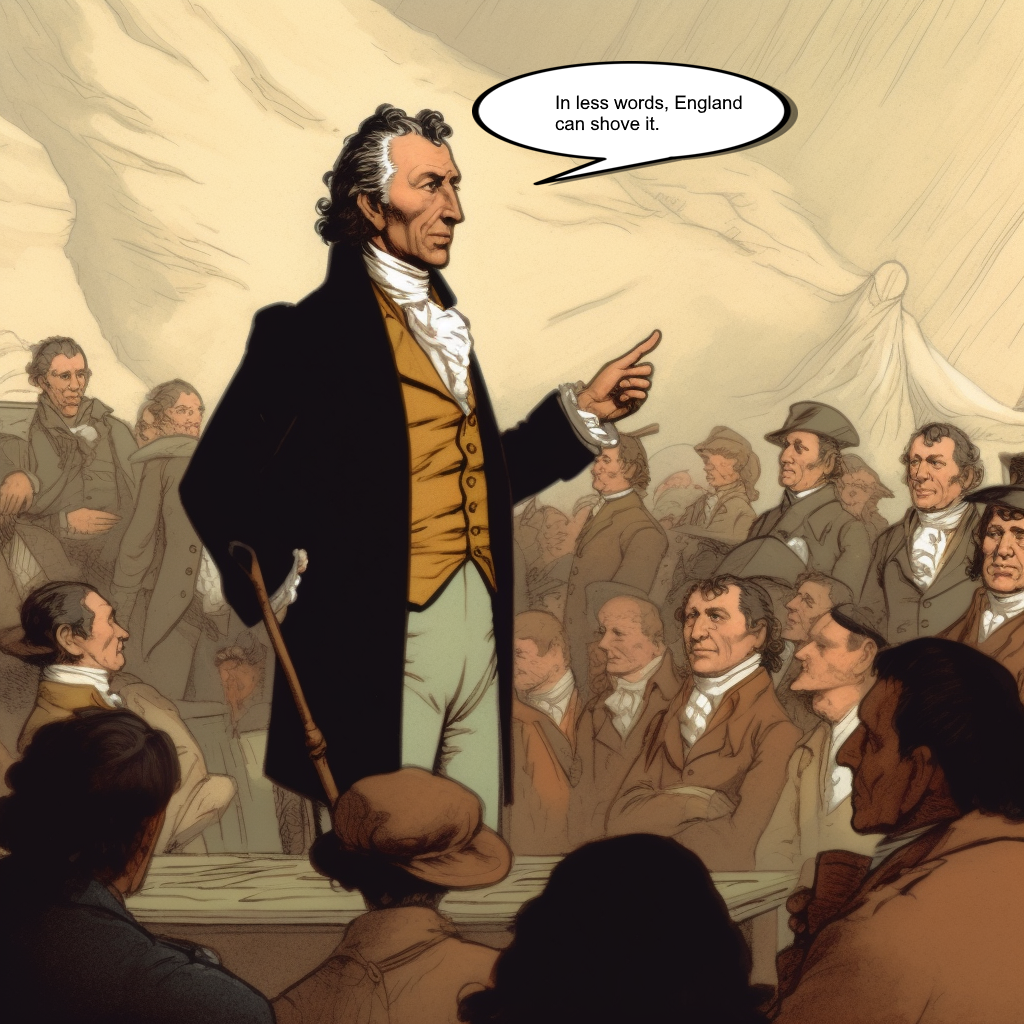In 1818, Thomas McIntosh purchases 11,000 acres (!) of land in Virginia from Congress. The land had already been purchased by Thomas Johnson, a British citizen, in 1775. Johnson had purchased it from a local Native American tribe under a 1763 proclamation by the King of England.
In 1823, Chief Justice John Marshall rules that Native Americans don’t have the right to sell land to individuals, a responsibility solely allotted to the federal government or to private (white) owners.
In brief, the combination of the Doctrine of Discovery and the lack of “proof” that Native Americans “own” the land where they have lived since before the arrival of settler colonialists also means that with this decision, Native Americans only have a right of occupancy to that land.
Land that is not yet private property belongs to the US government, who can also determine whether Native Americans can keep their right of occupancy to the land where they live (this will get even uglier, very soon).
The other big thing that happens is that on December 2, 1823, President James Monroe gives his seventh annual message to Congress, making a historical foreign policy stance that will eventually become known as the Monroe Doctrine. In less words, it’s a message to all European powers to cease any meddling in the affairs of the western hemisphere. This will also give people looking westward some more ideas…
